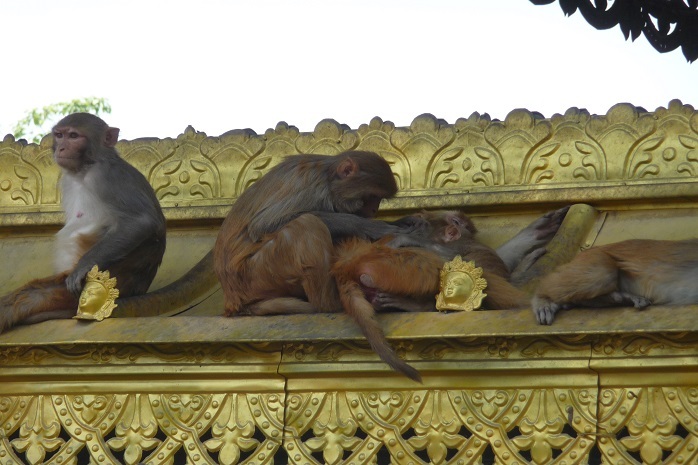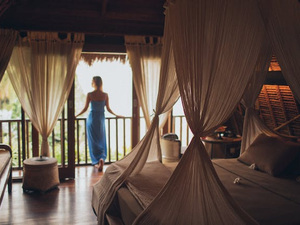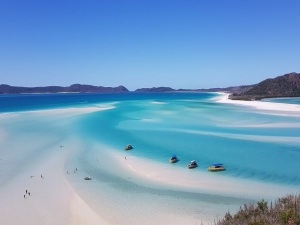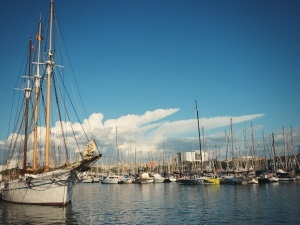Overcoming Fear of the Unknown
Nepal might not seem like a very beginners place to trek, hike or climb. It always made me think of Sir Edmund Hillary, desolate high mountains and solemn monks, a place where I had to prepare to go, and was one of those once-in-a-lifetime things.
Nepal fascinated me ever since I read a National Geographic article about it when I was twelve years old. This stayed with me for years and years and finally I realized that I was all grown up, but I was still not doing anything about it. I heard myself think “later, later, later” more often than I would like. I even realised that the place that turned into a legend in my head was actually a place I could go to and touch.
I always loved trekking. I climbed a lot in the Alps and trekked around the UK. I backpacked through mountains in the Czech Republic and Austria. But after getting a “serious” job it seemed that I didn’t have the time to plan properly - I was a busy grown up after all. And a Trip like Nepal does require commitment. You don’t want to fly in and fly out before the jet lag settled properly.
I was ready for taking some serious time off - for me. I wanted to challenge myself and to experience something completely - and I mean completely different from the city life I grew so used to. I mean - even if I somehow got sick, couldn’t hike or climb and stayed somewhere in a Nepalese hostel under the covers for a week it would be a step in the right direction, wouldn’t it?
This inner battle took place about four years ago. I feel like I learned so much in that time, most importantly how to take many small and easy steps towards your goal, and how to be patient with myself. Most importantly, how to gently nudge myself towards what I want to do, even if it seems insignificant.
Believe me, every step is significant! I have been back to trek in Nepal twice now. Once I realized that this place was real, warm, colorful and that I could touch it - I don’t want to let it go. And once I found a reliable and responsible high altitude trekking company I could depend on, the planning became a matter of being able to take the time off work.
1. Everest Trek
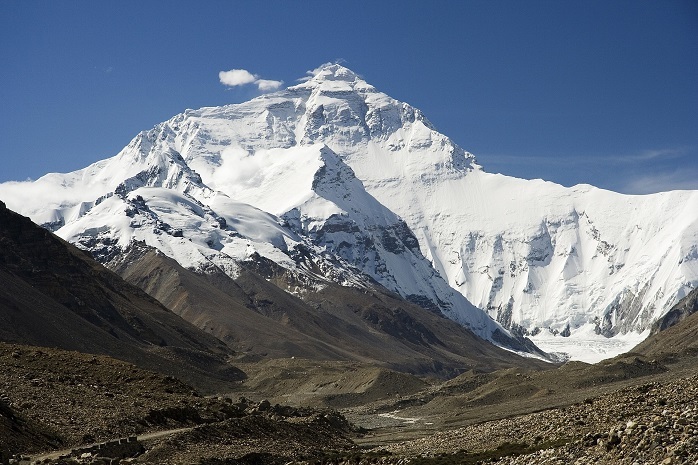
How could I not mention this first? This was my first real challenge, after all! I’m not a technical climber and always felt more comfortable with a backpack and a trekking pole than and ice axe. There is a whole area around Mount Everest that is approachable by mere mortals, not just extreme mountaineers and climbers. This took me two weeks, since it is recommended that a lot of time is taken to acclimate. This is probably going to be your biggest challenge - anyone who’s been at high altitudes can attest. This is a social hike - it is the most popular and there will be a lot of hiker buddies outside of your own group that you will meet on the way.
2. Annapurna Sanctuary Trek
This one is considered to be moderate, and is one of the easier treks in the Annapurna region. The total distance is 112 km, or 70m. Get ready to be memorized by the absolute amazing views and scenery, because it’s some of the best that Nepal has got to offer. The trek to Annapurna Sanctuary takes you across many climate zones - from dry alpine to subtropical rainforest. You follow a lovely river for much of the trek, surrounded by the Himalayas on every side. I plan on going during springtime, because that’s when the forests are filled with blooming pink and red rhododendrons.
3. Gokyo Lakes Trek
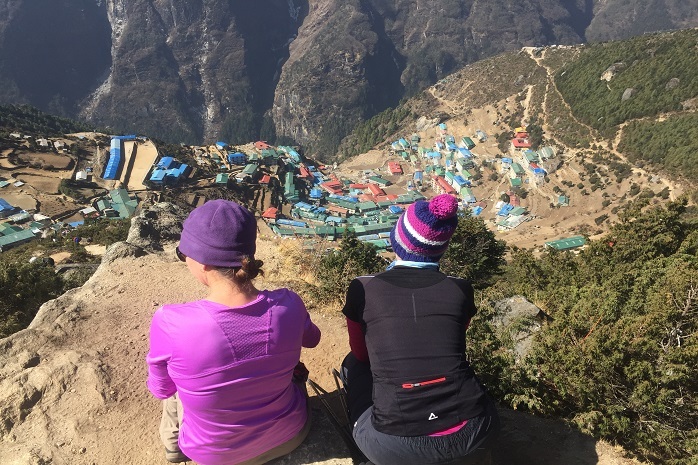
Gokyo Lakes are a part of an alternate route to visit the Everest base camp, but can be an amazing destination on their own. It begins with flying into Lukla, with amazing views of the mountains and Mount Everest. This route requires a bit more of steep climbing after the initial two day downhill walk. After you get to Namche - the last bigger city you’re going to see on your way, you take the scenic route to Dudh Koshi valley through Dole and Machermo before finally reaching Gokyo. There are 5 lakes here all of which are iridescent turquoise. Besides the lakes themselves the highlight of Gokyo is the ascent of Gokyo Ri, just behind the village which provides unbelievable views of Cho Oyu and Everest.
4. Manslau Circuit
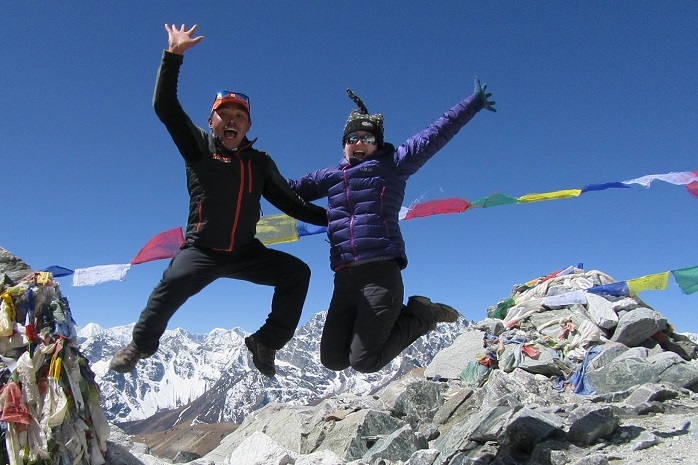
If you’re looking for something away from the rest of the pack, look no further. Although Nepal is remote, the trekking paths are full of fellow travelers and locals moving through. Time to go to a more remote, quiet place. Manaslu is relatively unknown so it is a lot quieter than its famous next door neighbor, Annapurna. In addition to incredible views, you will experience change in culture - in the lower farming areas the people are Nepali of Indian origin but as the trek progresses you move into the Nupri Region, where villagers are descendants of Tibetan immigrants. The challenging part of this trek is the Larkya La, a high remote and challenging pass. The views are worth the challenge.
5. Cultural Tour in Kathmandu
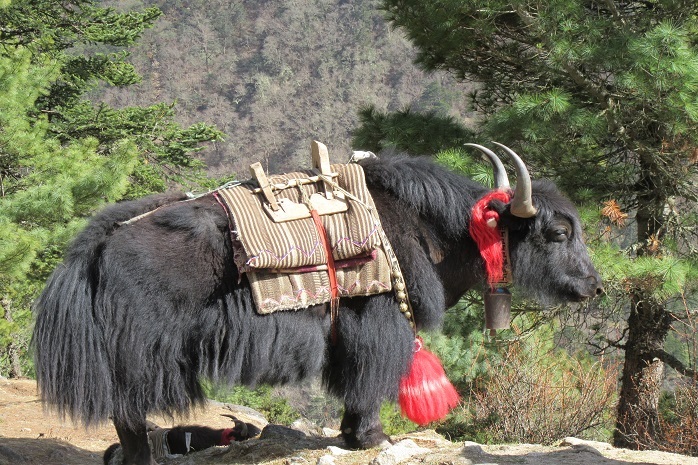
This was my second trip to Nepal. I challenged myself a lot on the first one, and wanted to take it easy to really enjoy and get to know the culture and the people. This is for those of us who don’t necessarily have two weeks to trek and wander around in the mountains. There are many UNESCO World Heritage Sites here that are well worth a mention and a visit. There is Pashupatinath, or the Monkey Temple, one of the most significant Hindu temples of Lord Shiva in the World. This site is indescribable - I’m not even sure if I should attempt it. The thousands if not millions of waving prayer flags, the golden statues and solemn air filled with incense have to be seen, touched and smelled in person. There are other temples with countless artworks and deep history here - it’s worth it to get a knowledgeable tour guide who will lead you. I would have been lost and wouldn’t know which way to turn first without one!
I encourage anyone who is thinking about Nepal to close your eyes and click on the “book now” button. Even if you’re not in the best shape, you don’t have to climb Everest. Or even trek to the Everest base camp - you can immerse yourself in Nepali culture, food, sights and sounds. And maybe, just maybe, it won’t be a once-in-a-lifetime trip, and you will come to think of it as “your” place; returning for more many times over.

